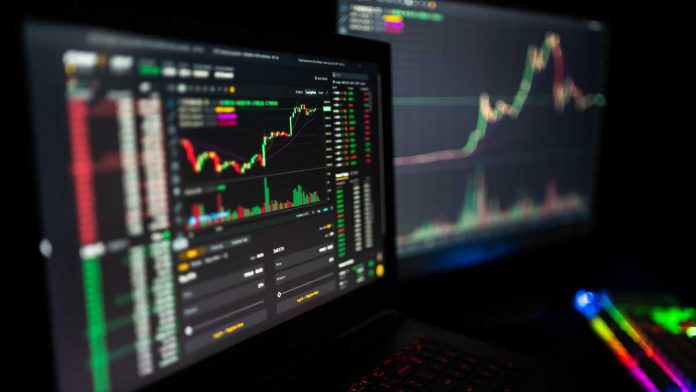As the crypto market is all set for its bull run in 2024, selecting a reliable trading platform has become more crucial than ever for investors and traders alike. The past years have seen significant upheavals in the crypto market, with regulatory pressures and security breaches reshaping the way we approach digital currency exchanges. So, let’s find out the essential factors to consider when selecting a crypto exchange, drawing insights from industry experts and recent market trends.
Contents
Jurisdiction and Security
2024’s crypto market is markedly different from its predecessors, largely due to regulatory shifts and security concerns. The downfall of major platforms like FTX in 2022 and the regulatory challenges faced by giants like Binance and Coinbase in 2023 have led to a heightened sense of caution among crypto enthusiasts. Experts suggest prioritizing exchanges that operate outside the U.S. to avoid the stringent scrutiny of American regulators. Additionally, understanding the platform’s security measures and how they safeguard user assets is paramount.
Functionality and Fees
Larger and more popular crypto exchanges typically offer an extensive range of features, including a variety of trading pairs, advanced trading tools, and robust security measures. These platforms cater to a diverse clientele, from novice traders to seasoned investors, by providing user-friendly interfaces, comprehensive market analytics, and sometimes, educational resources to aid in trading decisions.
However, this enhanced functionality often comes with a cost. Higher transaction fees are a common characteristic of such platforms. These fees can take various forms, including trading fees, withdrawal fees, and in some cases, fees for depositing funds. For active traders, these costs can accumulate significantly over time, impacting overall profitability.
The choice of a trading platform, therefore, hinges on a trader’s specific needs and trading frequency. Beginners might prefer platforms with higher fees but more user support and educational resources. In contrast, experienced traders might opt for platforms with lower fees and more complex trading options, even if they come with a steeper learning curve.
In this context, the use of stablecoins has become increasingly popular, particularly for traders looking to mitigate the volatility inherent in many cryptocurrencies. Stablecoins, such as USDT (Tether), USDC (USD Coin), and others, are designed to maintain a consistent value, usually pegged to a fiat currency like the US dollar. This stability makes them an attractive option for traders seeking to manage risk, especially in a market known for its rapid price fluctuations.
One notable development in this area is the integration of services like Gemini Payment in various trading platforms. Gemini Payment offers a seamless way for traders to use stablecoins in their transactions, providing an added layer of convenience and security. This service allows for quick and easy transfers, making it simpler for traders to move funds between different assets or cash out their positions in stablecoins.
Geopolitical Factors in Exchange Selection
The geopolitical landscape directly influences the operations of crypto exchanges. For instance, in 2023, several major crypto trading platforms, including Binance, faced the need to reevaluate their market strategies due to changing geopolitical relations. Binance’s decision to exit the Russian market and sell its business in the country to CommEx is a prime example of how international politics can shape the choices available to crypto traders.
The availability and functionality of a crypto exchange can change rapidly in response to international events. Traders need to be aware of the current geopolitical climate and how it might affect the exchanges they use or plan to use. It is also important for traders to verify the compliance of their chosen exchanges with the geopolitical regulations of their own countries. This includes understanding the exchange’s policies regarding international sanctions, money laundering, and other regulatory matters that could be influenced by geopolitical factors.
Choosing Between Decentralized and Centralized Exchanges
The decision between decentralized (e.g., Uniswap, 1inch) and centralized exchanges (e.g., Binance, Coinbase) depends on the trader’s familiarity with Web3 and their specific trading needs. While decentralized platforms are suited for those well-versed in DeFi, centralized exchanges offer a more user-friendly interface for beginners and are preferred by professional traders for their speed.
Legal Compliance and Clean Funds
In the current regulatory climate, it’s essential to understand an exchange’s compliance with AML and KYC regulations. Traders should be aware of the jurisdiction under which an exchange operates and its relationship with their country of residence.
By taking these elements into account, traders can make informed decisions and navigate the complex crypto market with greater confidence.


